Hello fellow gardeners,
We were teased with the promise of an early spring, but February's blizzards sure put a damper on that. But blizzards in March? Let's hope not.
Here are a few updates for spring, as well as some handy resources:
APRIL MEET-AND-GREET
We'll be out on Sunday, April 7th at 1 p.m. to host a meet-and-greet event at the garden. This is a great time to meet your fellow gardeners, plant your first seeds and ask us any garden related questions you might have. Rain or shine, but let's hope for sun!
This event also serves as the final deadline for Garden Registration and Payment.
If you selected the 'Pay By Cash' option in our online registration, this is a good opportunity to settle up.
2019 GARDEN REGISTRATION
If you haven't yet registered and paid for your beds, here's the link to our online garden sign-up. Please make sure to register before our meet-and-greet event in April.
Note that all returning gardeners must complete their Garden Registration and pay their Garden Fee for 2019. Returning gardeners will keep the same beds they gardened in 2018!
WATERING SYSTEM
We will be installing the watering system and garden hoses during the first week of April, once the threat of freezing temperatures subsides. We're a ways off from needing to water our plants, but the hoses can be handy for washing hands and hand tools and watering in those first seeds and starts.
Look for more info about operating the hoses and watering system in our April email.
COMPOST DELIVERY
This spring we'll be supplying organic compost to boost your garden beds with nutrients for the growing season. Expect a big pile of dark, fragrant earth to arrive in the garden during the first week of April. Make use of the shovel and buckets in the tool shed to add a thin layer to your bed(s) before planting your first seeds.
A reminder: the combination for the tool shed lock is 000.
GARDEN TIPS: PLANNING YOUR GARDEN
Here are 5 things to consider when planning what to plant this spring.
1. Plant what you love to eat. There's no point seeding carrots if you're more of a beet fan!
2. Community gardens do unfortunately experience garden theft, and some crops are more susceptible than others. Tomatoes, peppers, gourds (like zucchini, squash, cucumber) and eggplant are often easier targets compared to salad greens, kale, chard, herbs and subterranean veggies like radishes, carrots and beets. Think about it this way: the more colourful your veg, the greater the risk it will be stolen.
3. Give your seeds and starts room at the beginning. You want to make sure they have room to grow (up, down, sideways) as the season warms. Packing everything in may seem economical, but overcrowding will actually hinder the growth and health of your crops.
4. Consider diversity: "mono-cropping" kale is a good idea, in theory, if you love kale, but what happens when the aphids appear in June and start decimating your sole crop? Companion planting charts like this one show you which plants compliment and protect one another from common garden pests. Flowers and herbs also do great things in a veg garden, including attracting pollinators, repelling pests and adding colour and zest to your garden.
5. Consider the sun. Some plants grow tall (peas, tomatoes, kale), while others (lettuces, radish, beets) rarely grow above eight inches. You want to make sure you don't plant a row of peas along the southern edge of your raised garden bed where they'll grow four feet tall and cast a shadow over your bed for the entirety of June. Similarly, some plants prefer direct sunlight, while others prefer shady conditions, which a little directional planning can assist.
See you at the meet-and-greet next month.


